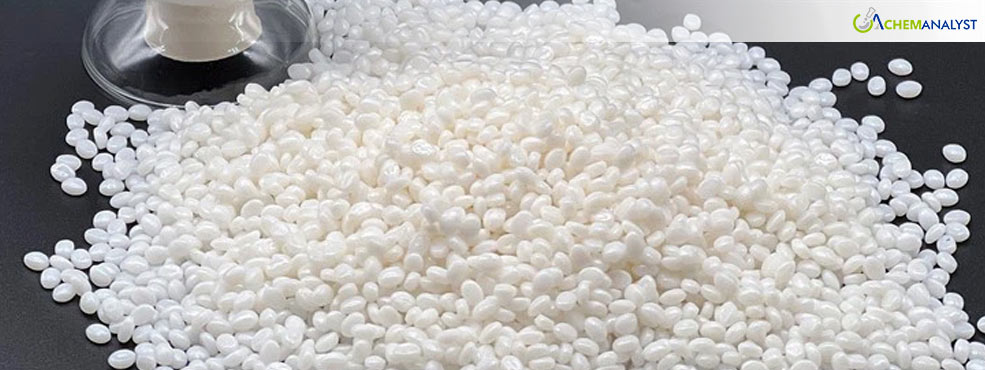Welcome To ChemAnalyst

Towards late December 2024, PU Resin prices experienced varied market conditions globally. The US market remained stable, while the European market faced a bearish trend, and a small recovery was noted in Asia.
ese price fluctuations were driven by changes in production levels and weather-related disruptions in East Asia. Demand across all three regions was sluggish, with the construction sector underperforming. Challenges in PU Resin production emerged in Europe and Asia, particularly in Japan, China, and India, due to disruptions in the feedstocks MDI and TDI markets.
In North America, there were no significant production disruptions, but supply bottlenecks and unfavorable export conditions continued to hinder the circulation of PU Resin. Packaging issues in Houston caused delivery delays, while suppliers' warehouses were overstocked with PU Resin. Concerns about a potential strike on the East Coast on January 15, 2024, led downstream processors to secure bulk cargoes, fearing disruptions in logistics. Exports to neighboring markets were also weak, with chemical railcar loadings down 2.2% to 32,862 for the week ending December 14, 2024. Despite this, MDI prices remained stable, helping to stabilize the PU Resin production costs.
In Europe, PU Resin prices fell by 1% in late December 2024, as destocking continued. With weak demand, processors engaged in clearance sales, and small buyers saw reductions of up to EUR 50/t for isocyanates. Larger buyers often secured larger discounts. A liquid market was sustained by stocks and imports. European market participants anticipated that the demand situation would remain unchanged in January, with rollover offers for both polyurethane feedstock and PU Resin and slight discounts likely. Supply was expected to remain secure, although producers struggled to empty their warehouses due to weak demand.
The short production month of January and extended Christmas breaks led to further production halts across many facilities. Export conditions worsened as key ports like Hamburg, Rotterdam, and Antwerp underwent maintenance, hindering trading and circulation of inventories.
In Asia, particularly Japan, PU Resin prices increased by 1% due to reduced production. Japan's Ministry of Trade and Economics reported a 5.3% drop in production from 15,907 tonnes in October to 15,506 tonnes in November 2024. Shipments also declined by 5.1%, while inventories rose by 1.9%. Mitsui Chemicals implemented a price hike of Yen 40,000/MT for TDI deliveries scheduled for December 1, 2024, supporting price stability. Furthermore, severe weather conditions were forecast through December 27, increasing transportation and logistical costs, and further impacting PU Resin prices.
In China, the market remained balanced, with supply and demand factors stabilizing prices. MDI operating loads dropped to 61%, and TDI loads decreased to 69.58%, creating production challenges. Demand remained slow as downstream customers focused on existing orders. A small number of users faced raw material shortages, but most were reluctant to make new purchases, dampening demand for PU Resin further.
In India, despite some improvement in supplies, challenging conditions persisted. Intra-Asia spot container freight rates rose by 8% in the first half of December, reaching USD 934 per 40ft container, keeping import prices under pressure. Gujarat Narmada Valley Fertilizers experienced technical issues, resulting in a production loss of 16,000 metric tons of feedstock TDI. However, weak market activity in the offseason helped offset production challenges, exerting downward pressure on PU Resin prices.
We use cookies to deliver the best possible experience on our website. To learn more, visit our Privacy Policy. By continuing to use this site or by closing this box, you consent to our use of cookies. More info.
